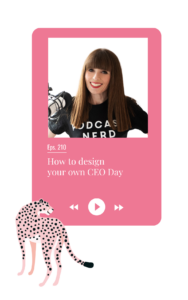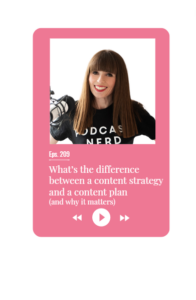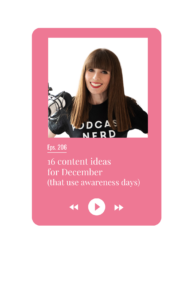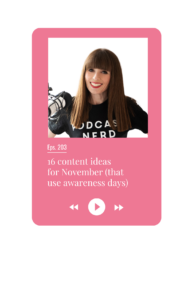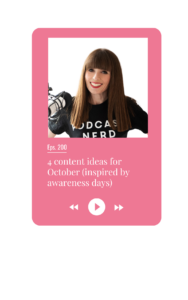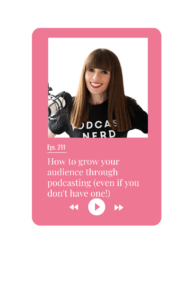
5 planner launch mistakes (and how to avoid them)
July 26, 2022
Thinking of launching a planner?

In this episode of the Courageous Content podcast, you’ll find out why these are common mistakes (and how to avoid making them). What I share applies to digital product launches too.
Here’s what I’ll cover:
1. Printing your planner before you’ve sold it
My first print run of the Courageous Content Planner back in 2017 was just a few hundred copies – and I didn’t print a single one before I’d made enough sales to cover my costs.
How did I do it? Don’t worry – I’ll share how later on.
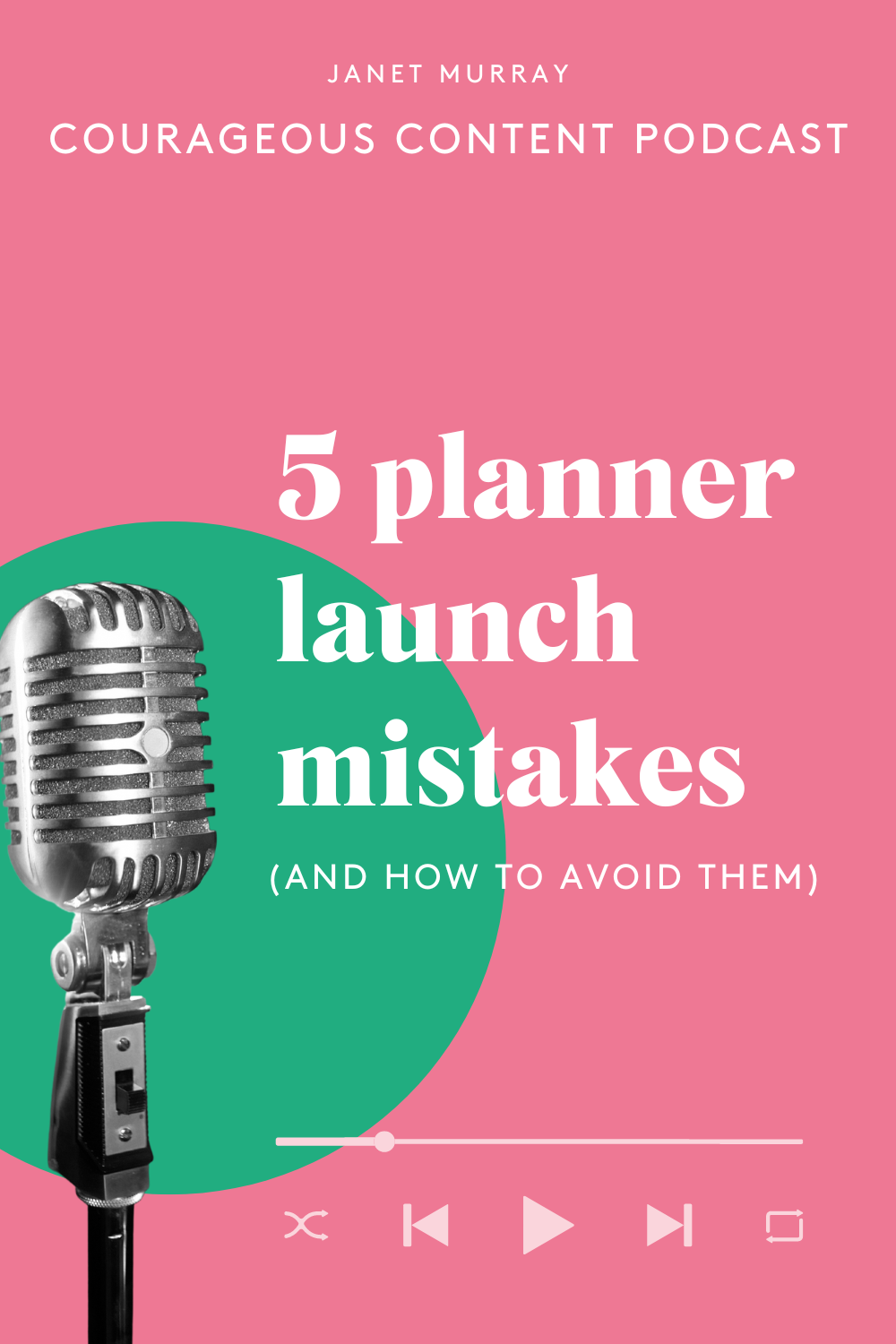
2. Skipping the product research
The most common question I get asked from aspiring planner creators is ‘how do I find a printer for my planner’ or ‘can you give me the name of yours.’ Which is the wrong question to be asking.
Because even if I DID give you the name of my printer (which I won’t) if you don’t know anything about printing a planner, you won’t even be able to get a quote from a printer. Investing time in learning the basics will save you a ton of time and heartache in the long run.
3. Setting unrealistic sales targets
The average conversion rate for online sales is just 1-2% – and that’s based on the size of your email list. So if you have a small (or non-existent) audience/email list, if you don’t start with realistic targets, you could end up disappointed (and broke).

4. Thinking you need fancy tech to launch a planner
You don’t need a fancy website (or even a website at all) to sell a planner. Or fancy email automation. Because your sales are likely to be modest when you first start out – and you won’t know whether anyone wants to buy your planner until you’re brave enough to ask people to buy.
And – unless you already have a decent sized audience – your sales are likely to be modest at first. Seriously, the only thing you need to figure out is how to get people to pay you for your planner.
5. Creating a ‘passion project’ planner (when you need to make money)
I’d love to create a piano practice planner. Because I know it’s something that would help me a lot. Trouble is I don’t have many people in my audience who
(a) play the piano (or want to) or
(b) have told me they struggle to plan their practice sessions.
Therefore, I’m unlikely to sell a lot of piano practice planners. And I don’t have any authority in that area either – which means people are unlikely to buy a piano practice planner from me – over someone who does (even if I charged less).
However I DO have a lot of people in my audience who struggle with content planning – and experience/authority – which is why I created a planner on this topic.
If I DID want to launch a piano practice planner, I’d need to build an audience for this specific product – which might take me a couple of years to get the kind of sales I’d be hoping for.
However, the experience I’ve gained with my content planner, means that when I AM ready to do it, the process will be a million times easier!
If your planner is a passion project – and you can generate income from elsewhere, knock yourself out. But do bear in mind you’ll either
(a) have to invest time building an audience to sell your planner to – and the authority to sell to that audience
(b) launch your planner while you build your audience and accept that sales are likely to be slow to start with (and that you’ll have to do a lot of high-touch sales).
With both options, you have no way of knowing whether anyone will want to buy your planner – until you actually try to sell it. But at least with option B you’ll be having discussions with ideal clients/customers as you grow your audience (which will help you understand their problems – and may reduce the risk of you launching a planner no one wants to buy).
But if you’re launching a planner with the aim of generating income, creating a planner for an audience you already have (even if it’s small) is a much better option.
You May also like
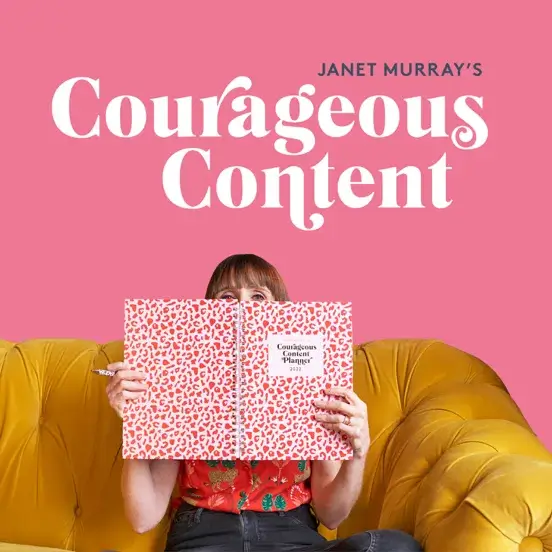
Useful Links
Janet Murray
- Website
- TikTok
- Janet Murray’s Courageous Planner Launch Content Kit
- Janet Murray’s Courageous Content Live event
- Save £30 on my Courageous Email Lead Magnet Content Kit using the code MAGNET67.
- Save £30 on my Business Basics Content Kit using the code PODCAST67.
- Janet Murray's Courageous Blog Content Kit
- Save £30 on my Courageous Launch Content Kit using the code PODCAST67.
- Janet Murray’s Courators Kit
- Janet Murray’s FREE Ultimate Course Launch Checklist
- Janet Murray’s Courators Club
- Janet Murray's Courageous Content Planner
